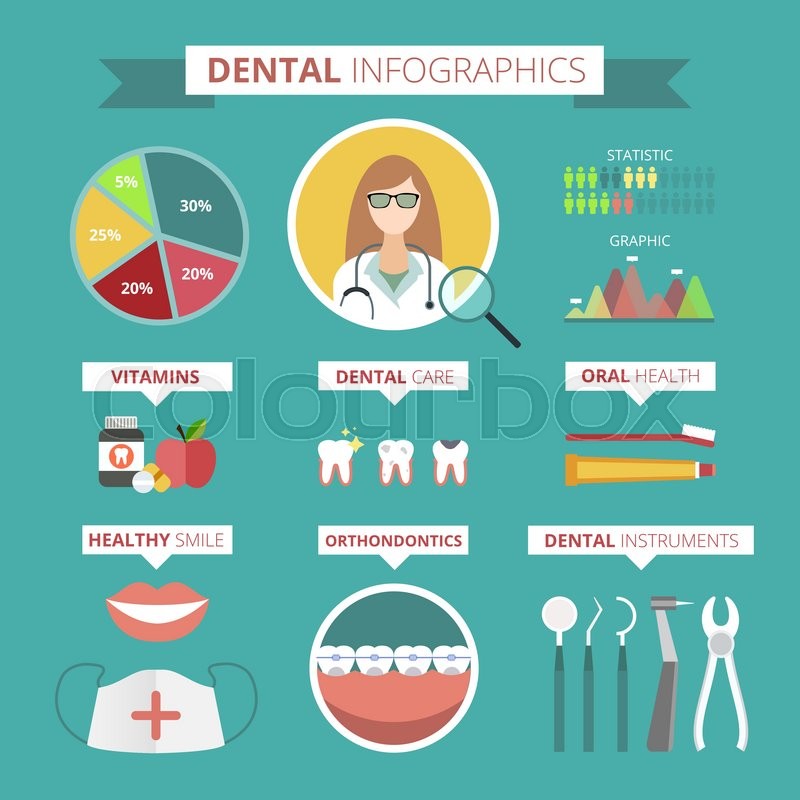The Future Of Oral Surgery: Advancements And Developments Forming The Field
The Future Of Oral Surgery: Advancements And Developments Forming The Field
Blog Article
Short Article Created By-Johannsen Guerra
Invite to the globe of dental surgery, where innovations and advances are shaping the future of the field! In this exciting world, you'll witness the transformative power of robotics, the innovative wonder of 3D printing, and the game-changing effect of minimally invasive methods.
https://veneers-for-teeth73950.blogoscience.com/39220279/children-and-preventative-dental-care-what-moms-and-dads-ought-to-know of oral surgery holds a guarantee of precision, performance, and boosted person end results. With the help of advanced robotics, specialists have the ability to do complicated treatments with higher precision and control.
3D printing modern technology is reinventing the development of oral implants and prosthetics, providing customized options that fit seamlessly into each person's one-of-a-kind composition.
Additionally, minimally invasive methods are reducing post-operative pain and recovery time, allowing people to go back to their daily lives faster.
Get ready to discover the amazing advancements and advances that are improving the landscape of dental surgery!
Advancements in Robotics
One major development in dental surgery is the use of robot modern technology, which permits precise and effective surgeries. With the help of robotic systems, dental surgeons have the ability to carry out complex surgeries with improved accuracy, decreasing the risk of human mistake.
These robot systems are equipped with advanced imaging technology and precise instruments that make it possible for cosmetic surgeons to browse with detailed physiological frameworks with ease. By utilizing robotic modern technology, cosmetic surgeons can accomplish greater surgical accuracy, causing improved client end results and faster recuperation times.
Furthermore, using robotics in oral surgery permits minimally invasive treatments, minimizing the trauma to bordering cells and promoting faster recovery.
3D Printing in Dental Surgery
To boost the area of dental surgery, you can discover the subtopic of 3D printing in dental surgery. This cutting-edge modern technology has the potential to change the way oral doctors run and deal with patients. Right here are 4 key methods which 3D printing is forming the area:
- ** Custom-made Surgical Guides **: 3D printing enables the development of extremely precise and patient-specific medical overviews, improving the accuracy and performance of procedures.
- ** Implant Prosthetics **: With 3D printing, dental cosmetic surgeons can produce tailored dental implant prosthetics that perfectly fit a person's one-of-a-kind makeup, leading to far better outcomes and individual fulfillment.
- ** Bone Grafting **: 3D printing allows the manufacturing of patient-specific bone grafts, lowering the need for standard grafting techniques and improving recovery and recovery time.
- ** https://news.sky.com/story/britons-are-pulling-their-own-teeth-out-with-pliers-because-they-cant-access-nhs-dentists-12920715 and learning and Training **: 3D printing can be utilized to develop reasonable surgical designs for academic objectives, permitting dental specialists to practice intricate treatments before performing them on clients.
With its potential to boost accuracy, personalization, and training, 3D printing is an interesting development in the field of oral surgery.
Minimally Intrusive Methods
To even more progress the area of dental surgery, accept the capacity of minimally invasive techniques that can significantly benefit both doctors and patients alike.
Minimally intrusive techniques are revolutionizing the field by decreasing surgical injury, lessening post-operative pain, and speeding up the recovery procedure. These techniques involve using smaller lacerations and specialized tools to perform procedures with accuracy and effectiveness.
By making use of sophisticated imaging technology, such as cone beam calculated tomography (CBCT), doctors can precisely intend and execute surgeries with minimal invasiveness.
Furthermore, using https://beckettirsuv.newbigblog.com/39140218/beginning-unraveling-the-realities-behind-gum-recession-therapies-where-myths-collide-with-realities-and-find-what-you-never-understood-about-your-gum-tissue-health-and-wellness in dental surgery permits specific tissue cutting and coagulation, resulting in decreased blood loss and reduced healing time.
With minimally invasive methods, individuals can experience quicker recovery, lowered scarring, and enhanced outcomes, making it a necessary element of the future of dental surgery.
Final thought
So, as you can see, the future of oral surgery is exceptionally encouraging, with amazing technologies and breakthroughs forming the field.
From the innovations in robotics to the use of 3D printing and minimally intrusive techniques, dental doctors are reinventing the means they supply treatment.
While some may stress over the potential cost related to these innovations, it is essential to keep in mind that these modern technologies ultimately enhance client end results and minimize recovery time, making them well worth the investment in the long run.
